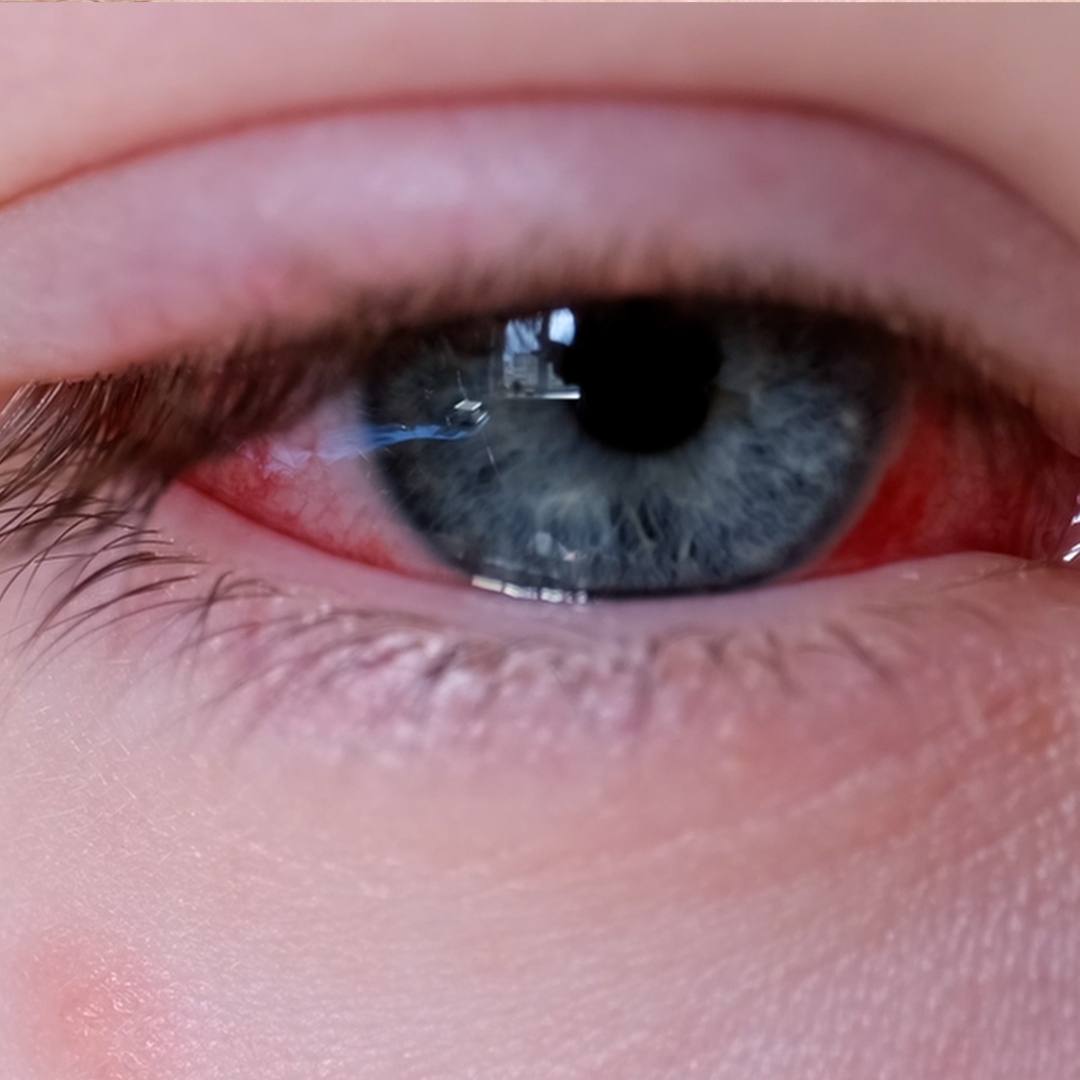-
Health & Wellness
TUESDAY Q & A: Several choices available to treat degenerative hip disease in a younger patient

DEAR MAYO CLINIC: I am 36 years old and have had constant pain in my right hip for two years. Last year I was diagnosed with moderate degenerative hip disease. Medication managed my pain initially but is no longer effective. My doctor says the next step is a steroid shot or a procedure that involves going in and “cleaning the roughness.” What does this mean?
ANSWER: In a person your age, several choices are available to treat degenerative hip disease. When medications do not help, one of the options you mention usually is the next step. Lifestyle changes could help relieve some of your symptoms, too.
Degenerative joint disease, also known as osteoarthritis, happens when the protective cartilage on the ends of your bones wears down over time. Cartilage is firm, slippery tissue that allows your joints to move smoothly. In osteoarthritis, the surface of the cartilage becomes rough. Eventually, if the cartilage wears down completely, bone rubs on bone.
Osteoarthritis can occur in any joint, but it most commonly affects joints in the hands, neck, lower back, knees and hips. Osteoarthritis gradually worsens with time, and no cure exists. But treatment may slow the progression of the disease, relieve pain and improve joint function.
Medications can be used to reduce the pain and joint inflammation caused by osteoarthritis. But, as in your situation, eventually they may not be enough to control symptoms. In those cases, a steroid shot can be helpful. These shots involve injecting a corticosteroid medication into the joint. It is not a permanent treatment, but a steroid shot usually can provide temporary improvement in symptoms.
The amount of relief you receive from a steroid shot can be a bit unpredictable. In some cases, these injections may give effective relief for many months — occasionally they will help for six months or longer. But in other situations, the relief may only last a few weeks, or rarely the shot may not provide any benefit.
A steroid shot is a reasonable option to try, particularly in situations where someone needs relief for a specific period of time. For example, so they can participate in a social engagement. Typically, however, these shots are not used for ongoing pain relief. Steroid shots are generally safe, but they do have a small potential for infection.
The other option you mention, “cleaning the roughness,” refers to a procedure that surgically removes bone spurs. Bone spurs, also called osteophytes, are bony projections that often develop along the edges of bones in joints affected by osteoarthritis. They can result in pain and loss of joint motion.
During this procedure, the rough areas of bone and cartilage are removed and smoothed. It is important to note, though, that in moderate degenerative joint disease, some of the cartilage that covers the ends of the bones is damaged and some may be worn away completely. Unfortunately, cleaning out the joint does not cause new cartilage to form.
If cartilage loss is significant, cleaning out the roughness is less likely to provide symptom relief, and this procedure may not be a useful option. In those cases, when other non-surgical treatment is no longer effective, then a hip replacement would be needed.
Along with the treatment options already mentioned, there are a number of lifestyle changes that could help. First, maintain a healthy body weight. Extra weight causes stress on the joint, leading to more symptoms. Weight loss, if needed, can often improve symptoms. Second, exercise to increase your endurance and strengthen the muscles around your joint. This can make the joint more stable. Stick to gentle exercises, though, such as walking, biking, swimming or playing golf, to avoid aggravating the joint. — Mark Spangehl, M.D., Orthopedics, Mayo Clinic, Scottsdale, Ariz.







